Louis André Gaspard Michaud was a French malacologist. He is also known as Gaspard Michaud or as André Louis Gaspard Michaud.
Victor Joseph de l'Isle Thiollière was a French civil engineer, geologist and paleoichthyologist.
Clavagella is a genus of marine bivalves in the family Clavagellidae.
Comophyllia is an extinct genus of prehistoric stony corals in the family Latomeandridae. Species are known from the Jurassic and Cretaceous. C. elegans, the type species, is from the Jurassic of France.
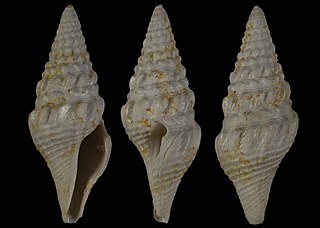
Crassispira contabulata is an extinct species of sea snail, a marine gastropod mollusk in the family Pseudomelatomidae, the turrids and allies.
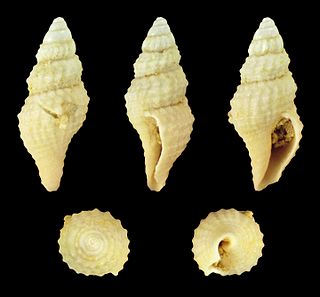
Crassispira hypermeces is an extinct species of sea snail, a marine gastropod mollusk in the family Pseudomelatomidae, the turrids and allies.

Crassispira mausseneti is an extinct species of sea snail, a marine gastropod mollusk in the family Pseudomelatomidae, the turrids and allies.

Crassispira obliquata is an extinct species of sea snail, a marine gastropod mollusk in the family Pseudomelatomidae, the turrids and allies.
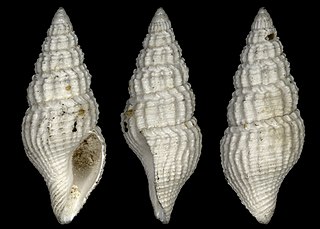
Crassispira oxyacrum is an extinct species of sea snail, a marine gastropod mollusk in the family Pseudomelatomidae, the turrids and allies.

Crassispira plateaui is an extinct species of sea snail, a marine gastropod mollusk in the family Pseudomelatomidae, the turrids and allies.
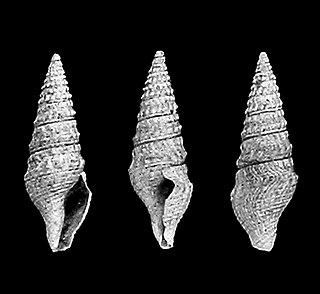
Crassispira passaloides is an extinct species of sea snail, a marine gastropod mollusk in the family Pseudomelatomidae, the turrids and allies.

Crassispira tenuicrenata is an extinct species of sea snail, a marine gastropod mollusk in the family Pseudomelatomidae, the turrids and allies.
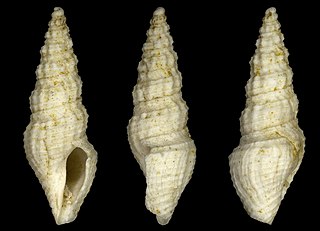
Crassispira nana is an extinct species of sea snail, a marine gastropod mollusk in the family Pseudomelatomidae, the turrids and allies.
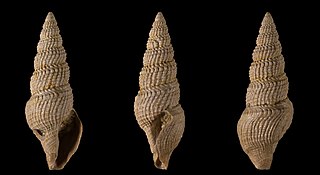
Crassispira girgillus is an extinct species of sea snail, a marine gastropod mollusk in the family Pseudomelatomidae, the turrids and allies.
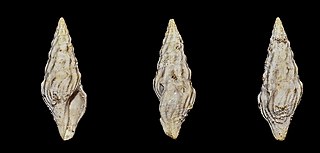
Crassispira furcata is an extinct species of sea snail, a marine gastropod mollusk in the family Pseudomelatomidae, the turrids and allies. Fossils have been found in Eocene strata in the Paris Basin, France.

Crassispira lavillei is an extinct species of sea snail, a marine gastropod mollusk in the family Pseudomelatomidae, the turrids and allies. Fossils have been found in Eocene strata in the Paris Basin, France.
Crassispira subgranulosa is an extinct species of sea snail, a marine gastropod mollusc in the family Pseudomelatomidae, the turrids and allies. Fossils of this extinct marine species were found in Eocene strata of the Paris Basin, France.

Crassispira margaritula is an extinct species of sea snail, a marine gastropod mollusc in the family Pseudomelatomidae, the turrids and allies.
Crassispira raricostulata is an extinct species of sea snail, a marine gastropod mollusk in the family Pseudomelatomidae, the turrids and allies.
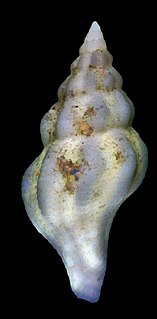
Knefastia polygona is an extinct species of sea snail, a marine gastropod mollusk in the family Pseudomelatomidae, the turrids and allies.


















